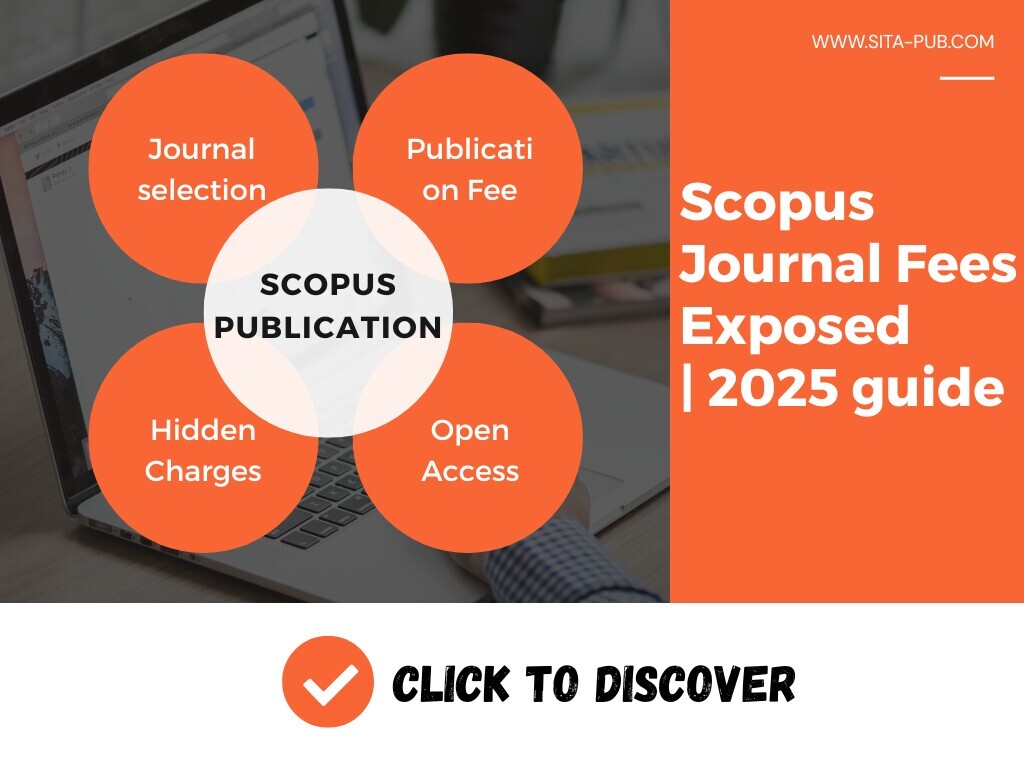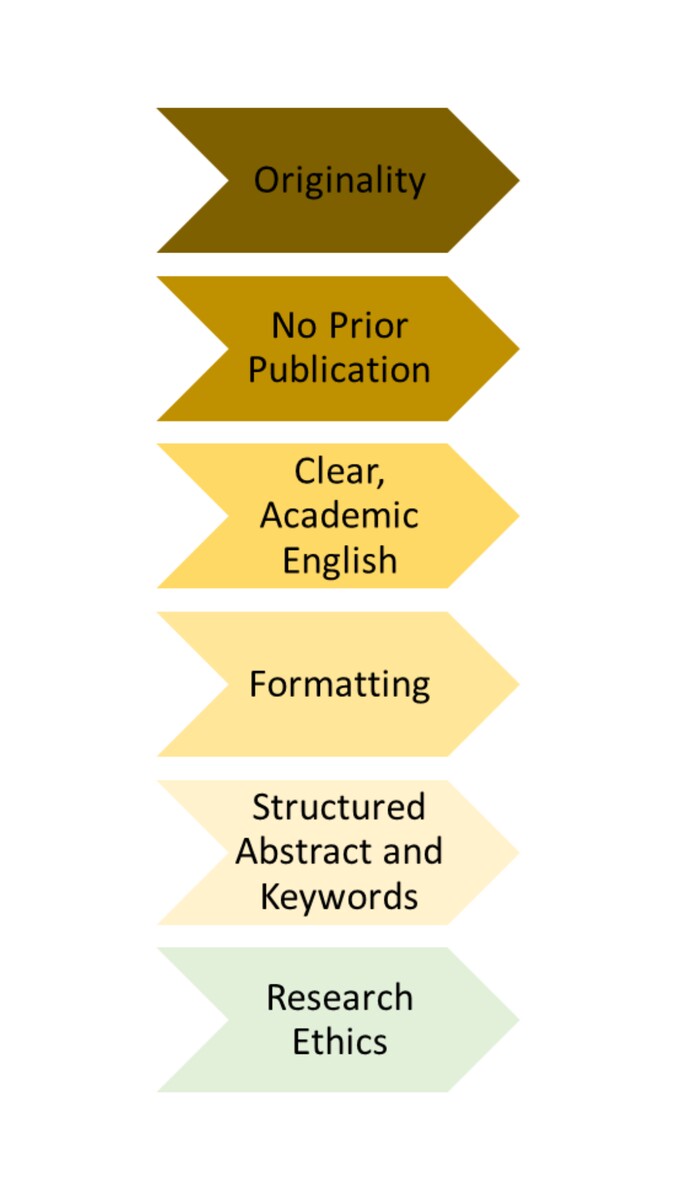How Much Does It Really Cost to Publish in a Scopus Journal? | 2025 Guide


Written by the SITA Academy Editorial Team
Published: [April 8, 2025] | [9 MINITUES]
At SITA Academy, our editorial team consists of experienced academic publishing specialists, research consultants, and content strategists. With years of hands-on experience helping faculty members, assistant professors, and researchers publish in Scopus, Web of Science, and other high-impact journals, we know exactly what works—and what to avoid.

As one of the most trusted and widely used citation databases, Scopus indexes only journals that meet rigorous editorial and quality standards, making it a competitive yet prestigious platform for academic publishing.
Our website is packed with practical tips, expert insights, and up-to-date resources to help scholars navigate the complex world of academic writing and publishing. Whether you're looking to select the right journal, reduce rejection risks, or understand open access fees, we’re here to guide you at every step of your publication journey.
Overview of Scopus Journals
SITA Academy’s Expertise in Academic Publishing
What You Need to Know Before Publishing in a Scopus Journal
Importance of Paper Readiness for Scopus
Scopus Journal Publication Checklist
Originality
No Prior Publication
Clear, Academic English
Formatting
Structured Abstract and Keywords
Research Ethics
How to Finalize Your Scopus Journal Selection
Journal Selection Checklist
Research Topic and Field
Journal Indexing in Scopus
Academic Requirements and Metrics
Understanding Scopus Journal Metrics
Example: Ca-A Cancer Journal for Clinicians
CiteScore, SJR, and SNIP Explained
The Cost of Publishing in a Scopus Journal
Article Processing Charges (APCs)
Two Main Publishing Models: Open Access vs Conventional
Gold OA
Hybrid OA
Green OA
Advantages and Disadvantages
Which Publishing Model Is Best for You?
Guidance for Different Publishing Priorities
Hidden Costs in Scopus Journal Publishing
Page Charges
Color Figures
Extra Authors
Print Copies and Publishing
Formatting & Submission Assistance
Translation & Native English Editing
Quick Reference for Budget Planning
Navigating the Costs of Publishing in Scopus Journals
How SITA Academy Can Assist You
Before we jump into the actual cost of publishing in a Scopus-indexed journal, let’s talk about something even more important: Is your paper ready for Scopus?
Because no matter how much you're willing to pay, if your manuscript doesn’t meet certain basic criteria, it won't even make it past the first editorial check.

Here’s a quick checklist to help you make sure your manuscript ticks all the right boxes:
Originality: Your research must be 100% original. Plagiarized or heavily reused content will get you rejected — fast.
No Prior Publication: Make sure the work hasn’t been published elsewhere (including conference proceedings or in another language).
Clear, Academic English: If you're a non-native speaker or translating from Arabic (or another language), it’s essential to get your manuscript reviewed by a native English academic editor.
Formatting: Your paper should follow the formatting style of your target journal — from referencing style to font and even figure captions.
Structured Abstract and Keywords: Many journals require a structured abstract (Objective, Methods, Results, etc.) and specific keywords.
Research Ethics: If you're dealing with human or animal subjects, you need proper ethical approval and disclosures.
Once you’ve gone through this checklist and feel confident your paper meets the quality bar — the next big step is choosing the right journal.
Now that your manuscript is ready, let’s make sure you’re targeting the right Scopus-indexed journal for your research goals.

Ask yourself:
Does this journal match my research topic and field?
Is the journal currently indexed in Scopus? (You can check this directly on Scopus.com)
Will it fulfill my academic promotion or PhD publication requirements?
Is it active and publishing regularly?
What are its metrics like (impact, prestige, speed)?
Let’s break down what you’ll see when checking a journal in Scopus.

Let’s say you’re checking Ca-A Cancer Journal for Clinicians on Scopus. You’ll see something like this:
Years covered: from 1950 to 2025
Publisher: John Wiley & Sons
ISSN: 0007-9235
Subject areas: Medicine – Oncology, Hematology
Source type: Journal
What Do These Metrics Mean?
CiteScore 2023: 873.2 – This measures how many citations a journal receives over a four-year period, divided by the number of documents published. It's a good general impact indicator.
SJR (SCImago Journal Rank): 106.094 – This reflects journal prestige. A higher score means the journal is cited more often and by more reputable sources.
SNIP (Source-Normalized Impact per Paper): 167.948 – This adjusts for differences in citation behavior between fields. It's helpful when comparing journals across disciplines.
CiteScore Rank:
Oncology: #1 out of 404 (99th percentile)
Hematology: #1 out of 137 (99th percentile)
This means you're looking at one of the top-ranked medical journals in the world.
So, you’ve found the right Scopus-indexed journal. You’ve checked that your paper meets all the quality and formatting requirements. Now comes the big question:
“How much is it going to cost me to publish in this journal?”
Article Processing Charges, or APCs, are fees that authors pay to publish their papers. These fees help journals cover the cost of:
Editorial processing
Peer review management
Typesetting and formatting
Online publication and hosting
Long-term access and archiving
But not all journals work the same way—some charge APCs, and others don’t. It all depends on the publishing model.

Let’s break it down:
This model allows anyone, anywhere to read your article for free. It increases visibility and potential citations, but authors usually cover the publication costs.
Model | Description | Common APC Range | Pros | Cons |
Gold OA | Entire journal is open access. Final article is freely available. | $1,000 – $5,000+ | High visibility and accessibility | Costly |
Hybrid OA | Conventional journal with optional OA per article | $3,000 – $6,000 | Flexibility | Expensive; mixed visibility |
Green OA | Self-archive your manuscript in a repository after an embargo | Often Free | Cost-effective | May limit access to final version |
This is the traditional publishing model used by most established academic journals.
Authors usually don’t pay to publish
Articles are behind paywalls — only subscribers or institutions can access
Still includes peer review, editorial work, and indexing in Scopus
Less visibility compared to open access
Many reputable Scopus journals, especially those published by major publishers like Elsevier, Springer, and Wiley, still use this model.
Let’s make it simple with this quick guide:
Your Priority | Recommended Model |
I'm a faculty member aiming for academic promotion | Conventional Model (Scopus-indexed and often free) |
I want global reach and citations | Gold Open Access |
I’m on a tight budget | Green OA or search for APC-free OA journals |
I need fast publication with visibility | Hybrid OA (fast + open, if budget allows) |
Pro Tip: Always verify the model and fees on the journal’s official page or use trusted tools like the Scopus Sources List to explore indexed journals and their policies.
So you’ve budgeted for the article processing charge (APC)… great! But wait—publishing in a Scopus-indexed journal can come with extra and sometimes surprising costs, depending on the journal's policy and your needs.
Let’s break them down so you can plan ahead:
Page Charges
Some journals charge based on the number of pages in your article. If your paper goes beyond a certain limit (e.g., 10 or 12 pages), you may need to pay an extra fee per page.
Tip: Check your target journal’s page limit and charges early in the process.
Color Figures
Many journals still charge extra if you include color images or graphs, especially in the print version.
Online-only color is often free.
Print color figures can cost $150–$500+ per figure!
Number of Figures or Tables
Believe it or not, some journals limit the number of figures/tables and will charge you for additional visuals.
Tip: Combine visuals when possible to reduce costs.
Extra Pages
Beyond just regular page limits, if your article includes supplementary content like appendices, extended data, or technical methods, you might be charged for excess content.
Extra Authors
Some journals impose a fee if your paper has more than a set number of authors (usually 5 or more).
This isn’t always the case, but always check, especially with open-access journals.
Print Copies or Print Publishing
Most journals are digital these days, but if you request printed copies or opt for print publication, there could be charges for:
Printing
Shipping
Handling
Formatting & Submission Assistance
If you're using a publication support service (like SITA Academy 👋), you may pay for help with:
Formatting your manuscript according to journal guidelines
Submitting via the journal’s online portal
These services save time and improve quality, but they do come with a cost.
Translation & Native English Editing
If your manuscript was originally written in Arabic (or another language), or if you’re a non-native English speaker, you may need:
Translation to English
Native English editing (beyond basic proofreading)
Remember: poor language quality is one of the most common reasons for desk rejection, especially in top-tier journals.
Summary: Common Extra Costs to Watch For
Cost Type | Why It Matters |
Page Charges | If you exceed the journal’s page limit |
Color Figures | Costly in print format |
Extra Figures/Tables | Limited number allowed in some journals |
Extra Pages or Content | Appendices or supplementary material may add cost |
Extra Authors | Some journals charge beyond 5–6 authors |
Print Charges | Optional but charged if you want physical copies |
Formatting Services | Speeds up submission, especially for complex guidelines |
Translation & Editing | Critical for non-native speakers to ensure quality |
Navigating the costs of publishing in Scopus-indexed journals involves understanding both the APCs and the potential hidden fees that can add up. By following this guide—from ensuring your paper meets the quality checklist to carefully selecting your journal and understanding additional costs—you’ll be well prepared to make informed, strategic decisions about where and how to publish your research.
Ready to Publish your Research paper? Contact SITA Academy for expert support throughout the publication process. We're here to help you every step of the way.
Process of Submitting an Order in SITA Academy

Share Your Research Scope |

Receive Journal List |

Select Your Journal |

Formatting & Submission |
If you have any questions, inquiries, or would like to learn more about our services, please don't hesitate to reach out to us. Our dedicated team is ready to assist you.